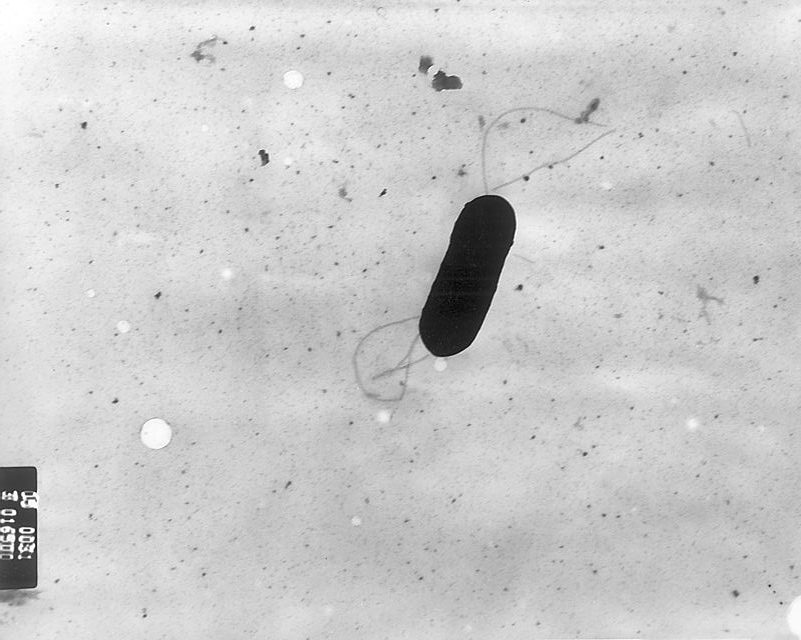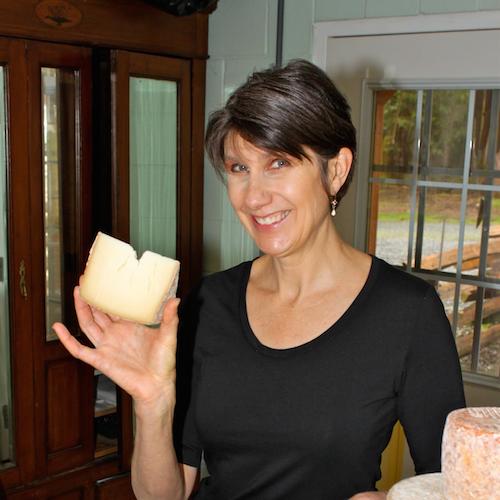
What is listeria? Am I at risk?
Listeria comprise a large group, or genus, of bacteria found in the environment—particularly in soil, animal bedding, and other wet areas on farms. Although most members are harmless, one species in particular, Listeria monocytogenes, can be deadly. An infection with this culprit is called listeriosis. As with most infectious illnesses, people with an overworked or underperforming immune system are at much greater risk: pregnant women, unborn children, the elderly, or anyone fighting other illness.
Preventing listeria contamination requires work all along the chain. For farmers that means proper dairy sanitation, maintaining a healthy herd of animals, and immaculate milk collection. For cheesemakers, thorough cleaning, packaging, and storage practices must also be strictly followed. While the risk exists regardless of whether milk is raw or pasteurized, some cheese styles are generally considered more susceptible—specifically bloomy-rind and soft, surface-ripened wheels. In both of these types, pH changes during ripening from a relatively safe, listeria-hostile level to one in which the pathogen can grow easily. Therefore consumers in the high-risk category mentioned earlier are cautioned against consumption.




